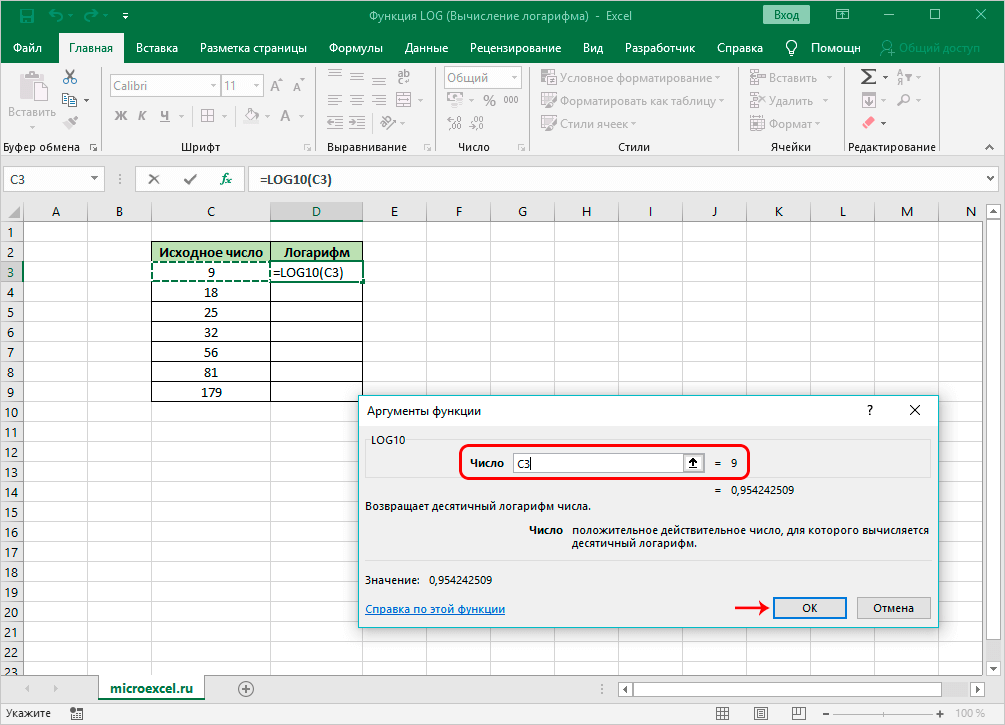Logarithm is a mathematical function that allows us to solve exponential equations. It is widely used in various fields, including science, engineering, and finance. Despite its importance, many people find it difficult to understand how to calculate logarithm.
How to Calculate Logarithm
The easiest way to understand logarithm is to think of it as the inverse of exponentiation. If we have an equation like 2^3 = 8, we can find out the exponent (3) by taking the logarithm of the result (8) with base 2. The notation for logarithm is log, and the base is usually indicated as a subscript. In our example, we can write log2 8 = 3.
There are different methods to calculate logarithm, but the most common way is to use a calculator or a spreadsheet program like Microsoft Excel or Google Sheets. Most calculators have a log button, which allows us to calculate logarithm with a few simple steps. For example, to calculate log10 100, we can press the log button and then type 100, which gives us 2.
Antilog
Antilog is the inverse function of logarithm, which allows us to find the result of an exponential equation given the base and the exponent. To calculate antilog, we can use the formula b^x, where b is the base and x is the exponent. For example, to calculate antilog2 3, we can use the formula 2^3, which gives us 8.
Just like logarithm, antilog can be calculated using a calculator or a spreadsheet program. Most calculators have an antilog button, which is usually represented as 10x, where x is the exponent. To calculate antilog2 3, we can press the 10x button and then type 3, which gives us 8.
Calculating Log and Antilog in Excel
Microsoft Excel is a powerful spreadsheet program that can be used for various mathematical calculations, including logarithm and antilog. To calculate logarithm in Excel, we can use the LOG function, which has the syntax LOG(number, base). The number argument is the value for which we want to calculate the logarithm, and the base argument is the logarithmic base. For example, to calculate log2 8 in Excel, we can use the formula =LOG(8, 2), which gives us 3.
To calculate antilog in Excel, we can use the exponential function, which has the syntax EXP(number). The number argument is the exponent value for which we want to calculate the result. For example, to calculate antilog2 3 in Excel, we can use the formula =EXP(3*LOG(2)), which gives us 8.
FAQ
1. What is the difference between logarithm and antilog?
Logarithm is a mathematical function that allows us to solve exponential equations by finding the exponent. Antilog is the inverse function of logarithm, which allows us to find the result of an exponential equation given the base and the exponent. In other words, logarithm helps us to find the unknown exponent, while antilog helps us to find the unknown result.
2. What is the significance of logarithm in real life?
Logarithm is used in various fields, including science, engineering, finance, and computer science. In science, logarithm is used to express large or small numbers in a more manageable form. For example, pH is a logarithmic scale that measures the acidity or alkalinity of a solution. In engineering, logarithm is used to calculate various properties of materials, such as elasticity and strength. In finance, logarithm is used to calculate the rate of return on investment. In computer science, logarithm is used in various algorithms, such as sorting and searching.



